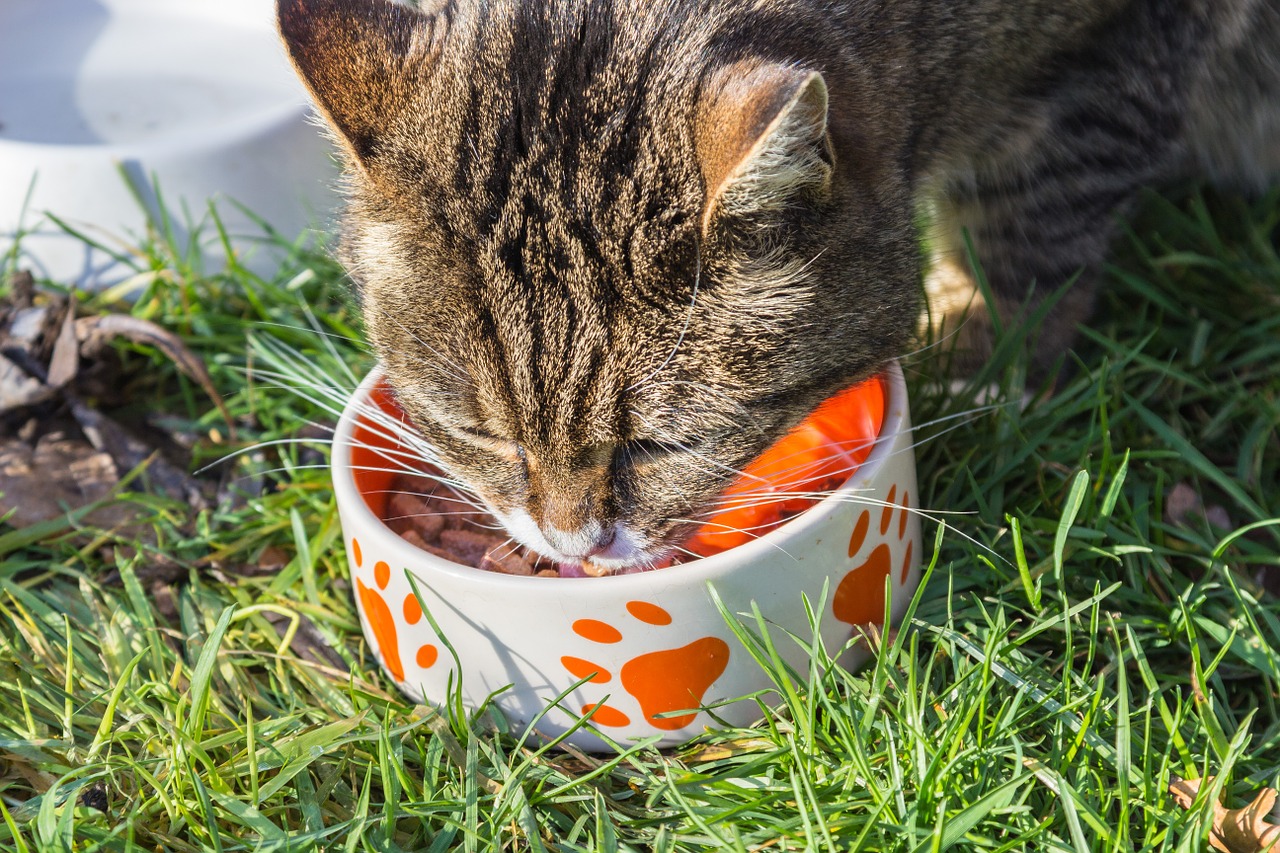The gastrointestinal system is very important in overall health. It is not only necessary for the nourishment of the body, but is also critical for keeping the body hydrated, presenting antigens to the rest of the body, maintaining balance in intestinal bacteria and elimination of the unusable substances ingested.
Trouble in the GI tract often spells trouble in other areas of the body as well, especially if long-term inflammation is a factor. In some ways, dealing with the gastrointestinal system is similar in both traditional and integrative medicine in that diet change is almost always indicated.
The root of most GI disease is dietary. Unfortunately, however, simply changing the diet is not always effective at fixing the underlying problem. It is often necessary to slow down or stop the inflammation in the gut as new food is being introduced. This is where the two approaches differ.

In the “cooking pot” analogy of the body, digestion takes place in the big stock pot. This represents the stomach, spleen, small intestine, liver and gall bladder. In Traditional Chinese Veterinary Medicine (TCVM), the spleen organ represents the pancreas.
If the pot is too full—meaning the pet is overeating foods rich in calories and carbohydrates—the food does not cook normally. As a result, not all of the food is usable and it accumulates in the body in the form of unusable substances, such as dampness and phlegm. These substances build up and block energy and blood flow. As energy flow is blocked, it creates friction which is released as heat (inflammation). When the flow of downward energy is blocked, you may see vomiting.
Treating this cooking pot issue involves diet change and herbs to fortify the function of the spleen to handle the food.
If the fire under the cooking pot is too low, the food will not get hot enough to cook. The fire under the pot is a metaphor for kidney function. This will also generate dampness, akin to having scum form on the surface of an actual cooking pot. Treating this form means fortifying the kidneys.
Finally, if the fluid level in the pot is too low or if the fire under it is too high, the food over heats and dries up. This creates obstruction in the middle and can lead to vomiting.
The clinical signs of dampness and phlegm are determined by where these symptoms are accumulating. The signs usually involve some sort of discharge from a mucus membrane like the eyes, nose or anus. You may see a greasy haircoat, waxy ears or anal gland discomfort.
When the energy slows or stops, heat is generated. This looks like inflammation, such as bladder infections, colitis, otitis, aggression, irritability, feline hyperthyroidism, inflammatory bowel disease or itching.
Many conditions in western medicine can be traced back to a poorly functioning spleen or stomach. In fact, these organs are often the root of most chronic disorders that we deal with in veterinary medicine.
From a conventional standpoint, these various diseases look distinct, especially when seen over a pet’s lifetime. From a TCVM perspective, however, they are all related and based on weakness in one area. In other words, they share a common root.
The good news is that having a single root provides us with a strong basis for prevention of a wide range of diseases, given appropriate diet and lifestyle changes for these individual pets.
